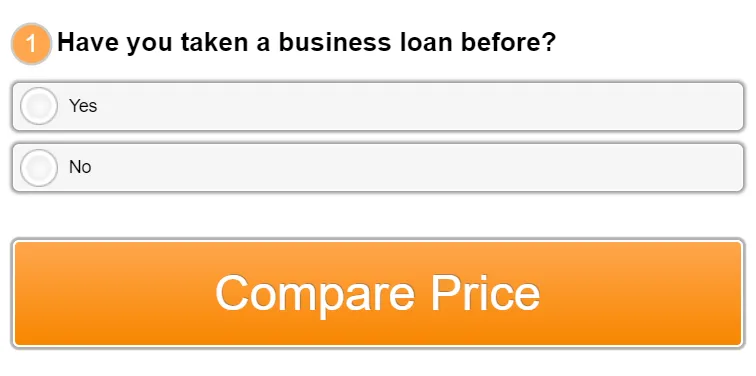Business loans

The Ultimate Guide to Business Loans: What You Need to Know
I. Introduction
A. Importance of Business Loans
Business loans play a crucial role in helping businesses grow, manage cash flow, and seize new opportunities. Whether you're looking to expand your operations, invest in new equipment, or cover day-to-day expenses, securing the right business loan can provide the necessary capital to achieve your goals.
B. Purpose of the Guide
This guide aims to provide an in-depth look at the various types of business loans available, helping you understand their features, benefits, and how to choose the best option for your specific needs. By the end of this guide, you will be equipped with the knowledge to make informed decisions about financing your business.
II. Types of Business Loans
A. Term Loans
Term loans are one of the most common types of business loans. They provide a lump sum of money upfront, which you repay over a set period with fixed monthly payments. Term loans are suitable for a variety of purposes, such as purchasing equipment, funding expansion projects, or refinancing existing debt. The key features of term loans include:
Fixed or Variable Interest Rates: Choose between stable fixed rates or potentially lower variable rates.
Repayment Terms: Typically range from one to ten years, depending on the lender and loan amount.
Collateral Requirements: Some term loans may require collateral to secure the loan.
B. SBA Loans
Small Business Administration (SBA) loans are government-backed loans designed to support small businesses. These loans offer favorable terms and lower interest rates compared to traditional loans. There are several types of SBA loans, including:
7(a) Loans: The most common SBA loan, used for various business purposes like working capital, equipment purchases, and real estate.
504 Loans: Designed for major fixed assets such as real estate and equipment.
Microloans: Smaller loans up to $50,000, ideal for startups and small businesses needing smaller amounts of capital.
SBA loans often have stricter eligibility criteria but provide excellent terms for qualifying businesses.
C. Lines of Credit
Lines of credit offer businesses flexible access to funds up to a predetermined credit limit. Unlike term loans, you only pay interest on the amount you draw, making it an excellent option for managing cash flow fluctuations and short-term financing needs. Key aspects of lines of credit include:
Revolving Credit: Borrow, repay, and borrow again up to your credit limit.
Interest Only on Drawn Amounts: Pay interest only on the funds you use, not the entire credit limit.
Variable Interest Rates: Most lines of credit have variable rates that fluctuate with market conditions.
Lines of credit are ideal for businesses needing ongoing access to working capital without the commitment of a lump sum loan.
III. How to Qualify
A. Credit Score
Your credit score plays a significant role in qualifying for a business loan. Lenders use your credit score to assess your creditworthiness and the risk of lending to you. A higher credit score increases your chances of loan approval and may result in more favorable loan terms. Aim to maintain a good credit score by paying bills on time, reducing debt, and monitoring your credit report for errors.
B. Financial Documents
Lenders will require various financial documents to evaluate your business's financial health and repayment ability. Common financial documents include:
Business Plan: Provides an overview of your business, including its goals, market analysis, and financial projections.
Profit and Loss Statement: Summarizes your business's revenue, expenses, and net income over a specific period.
Balance Sheet: Shows your business's assets, liabilities, and equity at a specific point in time.
Cash Flow Statement: Tracks the flow of cash in and out of your business, highlighting liquidity and cash management.
Gather and organize these documents to present a comprehensive picture of your business's financial stability and repayment capacity.
IV. Application Process
A. Steps to Apply
The application process for a business loan typically involves the following steps:
Research Lenders: Explore different lenders and loan options to find the best fit for your business needs.
Prepare Documentation: Gather and organize the required financial documents, such as business plans, financial statements, and tax returns.
Submit Application: Complete the lender's application form and submit it along with your supporting documentation.
Underwriting Process: The lender will review your application, conduct a credit check, and assess your financial documents to determine your eligibility and loan terms.
Loan Approval: If approved, review the loan terms and sign the loan agreement.
Funding: Once the loan agreement is signed, the funds will be disbursed to your business bank account.
B. Tips for Success
Prepare in Advance: Start gathering necessary documents and preparing your business plan well in advance of applying for a loan.
Review Loan Options: Compare loan options from multiple lenders to find the best rates and terms for your business.
Improve Credit Score: Take steps to improve your credit score before applying for a loan to increase your chances of approval and secure better terms.
Communicate with Lenders: Maintain open communication with lenders throughout the application process and promptly respond to any requests for additional information.
V. Conclusion
A. Recap
Securing a business loan is a vital step for many businesses' growth and success. By understanding the qualification requirements, preparing the necessary documentation, and navigating the application process effectively, you can increase your chances of loan approval and access the funding your business needs.
B. Encouragement to Compare Options
As you explore business loan options, remember to compare lenders and loan terms to find the best fit for your business. Each lender may offer different rates, terms, and loan products, so take the time to research and compare your options thoroughly. By comparing options, you can find the loan that best meets your business's needs and goals.



